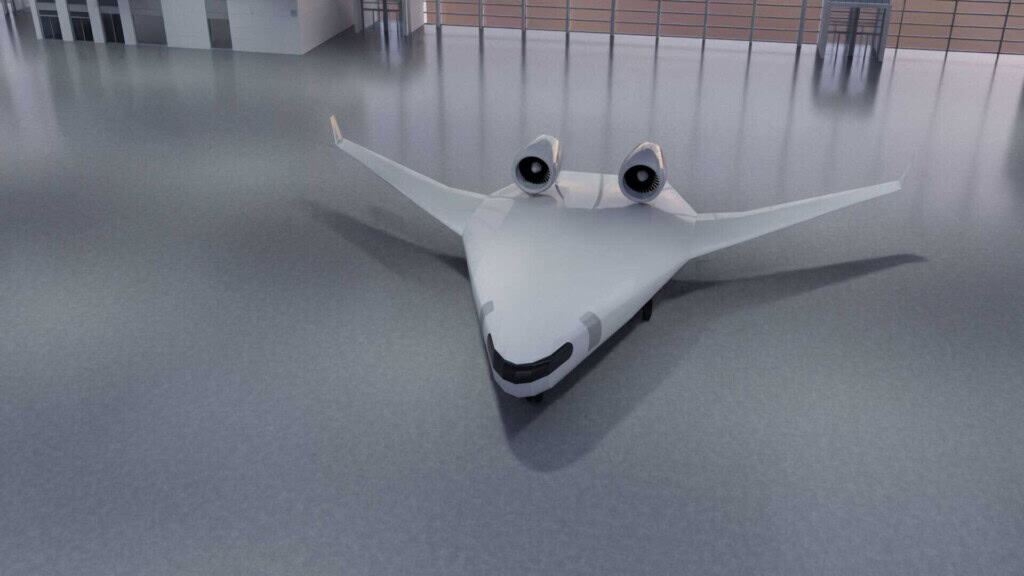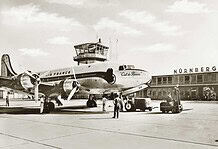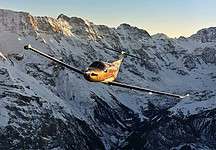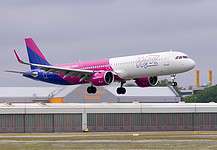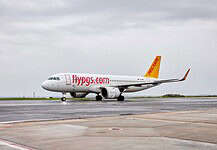This site is also available on:
Deutsch
The German Aerospace Center (DLR) has launched the Digital Hangar, an online platform that offers insights into future aircraft concepts. Companies and researchers can use the data provided for collaborations and the development of new designs to advance climate-friendly aviation.
DLR opens a new chapter in aviation research
The Digital Hangar, an initiative of the German Aerospace Center (DLR), aims to provide a deeper understanding of future aircraft concepts. The digital-hangar.de platform is designed to provide companies, startups, and researchers with the opportunity to access valuable data for collaborations and the development of their own ideas. Dr. Björn Nagel, Director of the DLR Institute of System Architectures in Aviation, emphasizes the importance of building bridges between research, medium-sized companies, and industry to jointly advance climate-friendly aviation.
Digital Hangar: From digital models to real-life applications
The Digital Hangar currently showcases seven aircraft models, each with different ranges and propulsion systems, from fossil kerosene to hydrogen. The data provided is clearly arranged like a quartet and offers additional information on each model, such as special features and existing challenges. Users can also view the aircraft’s external structures in interactive 3D models to gain a comprehensive understanding of the designs.
The importance of EXACT and unique modeling
EXACT, one of the most comprehensive research projects on climate-friendly aviation, is contributing numerous models to the Digital Hangar. Twenty DLR institutes are collaborating here to evaluate the life cycle of future aircraft architectures. The ability to offer end-to-end modeling in aviation is something that sets DLR apart and is considered unique worldwide.
Scientific findings for further development
One of the models, the DLR-F25, is a conventional medium-range aircraft powered by synthetic fuel, serving as a benchmark for climate-friendly flying. Innovative technologies such as foldable wingtips improve aerodynamics. The Digital Hangar will be continuously expanded to incorporate new developments and further advance aviation.
The German Aerospace Center (DLR) is a leading research center in Europe, making significant contributions to aerospace. Through its scientific expertise and innovative technologies, it aims to contribute to the development of sustainable and competitive aviation. With projects like the Digital Hangar, it demonstrates how digital networking and modeling can be used in research and development.
CPACS: 20 Years of Innovation in Aviation
For two decades, the CPACS (Common Parametric Aircraft Configuration Schema) has played a crucial role in digital integration in aviation. The software enables collaboration between different disciplines in aircraft development and is continuously being developed to include new areas such as onboard systems.
A digital revolution in aircraft design
Since its launch 20 years ago, CPACS has initiated a significant transformation in the way aviation professionals collaborate. Originally initiated as a small project at the German Aerospace Center (DLR), CPACS now provides a comprehensive platform for the parametric description of aircraft, helicopters, engines, and their climate impacts. The provision of a CPACS dataset enables a holistic view of the aircraft design process by systematically mapping all relevant properties.
Advanced models and analysis
According to recent reports, CPACS not only enables the detailed description of individual aircraft components, but also integrates the analysis of entire fleets and workflows. Dr. Björn Nagel emphasizes that recent enhancements also include the systematic integration of onboard systems such as air conditioning and flight controls. These additions facilitate the understanding and optimization of complex system interactions within an aircraft.
Openness and cooperation as success factors
A significant advantage of CPACS is its open access nature, which promotes broad collaboration and innovation. Open provision allows researchers and companies worldwide to share and further develop their findings and data on a common platform. This global collaboration has already led to significant advances in aviation technology and is considered a core value of CPACS.
Future prospects for development
As CPACS continues to grow, so does interest in implementing this scheme in other areas of the aviation industry. The ability to connect different disciplines and gain deeper technical understanding through comprehensive data sets opens promising avenues for future innovation. The platform is expected to gain even greater importance in the coming years as the digitalization of the aviation industry continues to advance.
CPACS is an integral component of the digital transformation in aviation and is continuously supported and developed by DLR. Through its innovative approach and global availability, CPACS promotes collaboration across various aviation sectors and contributes significantly to the further development of the industry.


